Doesn’t it seem like our child’s days revolve around eating? It’s true! Children are hungry little ones and rightfully so because their bodies are growing so quickly and they have endless energy that needs fueling! Kids’ little tummies can only hold so much at mealtime. Three meals are important to maintain structure in a child’s diet, but snacks are important to help bridge their nutrition in-between meals.

Healthy, kid-approved snacks are a great way to ensure that children receive a balanced diet. Snacks not only provide calories, but can also provide important vitamins, minerals, fiber, and other nutrients. Use these five tips to make perfect healthy snacks that any child (or adult) will be sure to eat.
Food group pairings
In order to help kids eat a variety of foods from all of the food groups, try to incorporate at least 2 food groups in a snack. Check out the following examples of kid-friendly snack ideas that pair different food groups:
- Protein + grain = hard-boiled egg + crackers
- Vegetable + protein = baby carrots + hummus
- Fruit + protein = apple + peanut butter
- Dairy + fruit = yogurt + berries
In order to help kids eat a variety of foods from all of the food groups, try to incorporate at least 2 food groups in a snack. Check out the following examples of kid-friendly snack ideas that pair different food groups:
The meaning of snack size
Children’s stomachs are small and since they empty quickly, children need small portions frequently throughout the day. It’s important to maintain meal size and snack size though, and avoid letting children snack or “graze” all day long. If children are allowed to nibble on snacks throughout the day, they miss out on feeling hungry and full. These important cues for children to learn. Of course many children would love to snack on chips, cookies, or other snacks with little vitamins and minerals. If children snack throughout the day, they never get hungry enough for a nutritious meal. It’s then more difficult to fit in healthy foods. Check out the following snack size tips:
- Use small bowls and side plates and avoid eating directly from the bag or container. For example, portion out crackers in a small bowl or divide a portion of pretzels on a side plate.
- Return the bag, box, or container back to the cupboard or pantry after serving snacks. For example, after serving crackers, close the box and return it back to the pantry to avoid second servings.
- Use reusable storage containers or snack-size bags for portioning. For example, store trail mix in snack-size containers or bags.
Pre-portion snacks to grab and go
Now that we have snack size in mind, pre-portioning snacks and storing them in the pantry or refrigerator can save you time. This also helps to ensure that older children and teenagers grab appropriate portions instead of eating directly from the container. When days are busy, pre-portioned snacks help to save time and ensure healthy choices are made. For example, instead of heading for the cookies in the cupboard, having pre-washed grapes portioned in snack bags in the refrigerator makes it easier to eat a healthy snack on the go. Having ready-to-go foods such as clementines, pistachios, boxed raisins, or bananas make it easy for travel. Grab pre-portioned or ready-to-go snacks before a day of shopping, when running to activities after school or work, or have them on hand after sports or other children’s activities.
Get those little hands to help!
Many children love to help and snacks are a perfect opportunity to include them in the kitchen. Children are also more inclined to try a new food if they are involved in picking or preparing it. Children can portion popcorn into snack bags or count celery sticks into snack containers. If you have a picky eater, this is a prime opportunity to give them control. For example, if your child often declines vegetables, you can say, “what would you like with your hummus: sliced peppers or baby carrots?” As the adult, you ensure a vegetable will be included, but it gives the child some control.
Out of sight out of mind
If there are snack foods that cause confrontation in your home, avoid having them in the house altogether. For example, if candy is in the home and children know it’s available, then it’s more difficult to encourage children to have a healthier snack. If only healthy snack options fill the kitchen, then the options for sugary snacks won’t be there. This change is helpful for not only children, but adults too!
Now that you’re snack smart, use these tips and ideas to make the healthiest kid-friendly snacks for your family. When you meet with your Nuleeu Registered Dietitian, you will review additional healthy snack ideas that are individualized for you and your family to help you meet your goals. We look forward to working with you!
-Elizabeth Fay, MS, RDN, CNSC

 When it comes to healthy eating for you and your family, the approach is certainly a team effort. Nutritious family meals can support every member of the family. Family mealtime offers one meal that can incorporate everyone’s food preferences and avoid parents and caregivers from being short order cooks. Let’s say goodbye to having the “kid’s” meal and the “adult” meal (unless, of course, there is a food allergy involved or food safety comes into play… more on that later!). Here are 5 tips to help you shape the most nutritious family meals for every member in your household.
When it comes to healthy eating for you and your family, the approach is certainly a team effort. Nutritious family meals can support every member of the family. Family mealtime offers one meal that can incorporate everyone’s food preferences and avoid parents and caregivers from being short order cooks. Let’s say goodbye to having the “kid’s” meal and the “adult” meal (unless, of course, there is a food allergy involved or food safety comes into play… more on that later!). Here are 5 tips to help you shape the most nutritious family meals for every member in your household.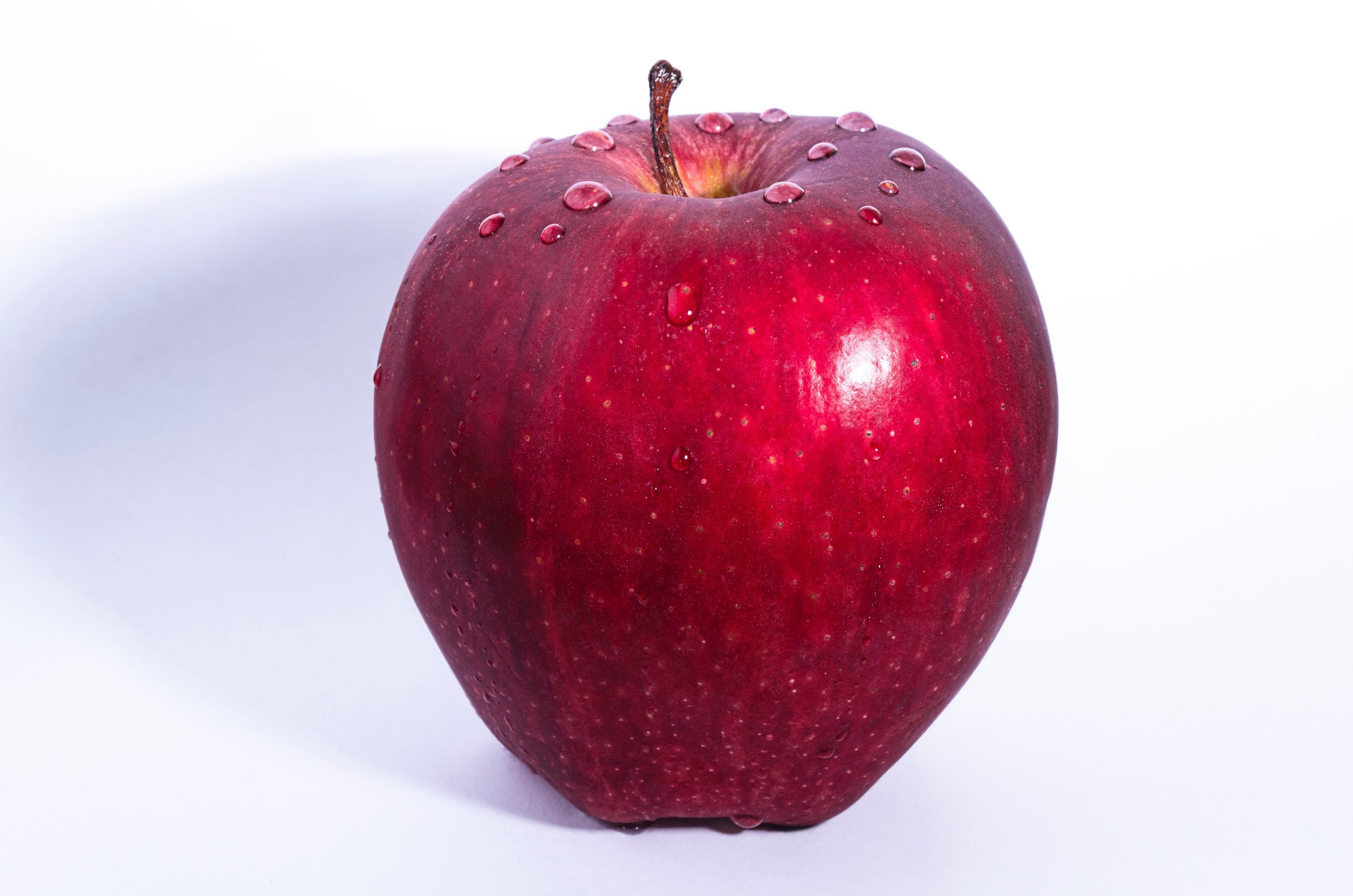
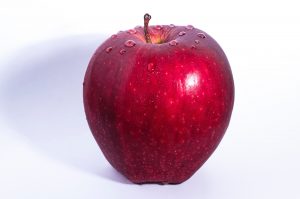 Applesauce= 1 cup
Applesauce= 1 cup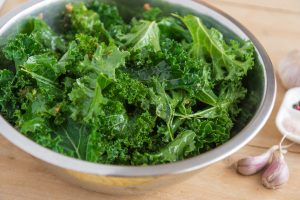 eans= 1 cup whole or mashed
eans= 1 cup whole or mashed Cornbread= 1 small slice (2 1/2” x 1 1/4” x 1. 1/4”)= 1 ounce
Cornbread= 1 small slice (2 1/2” x 1 1/4” x 1. 1/4”)= 1 ounce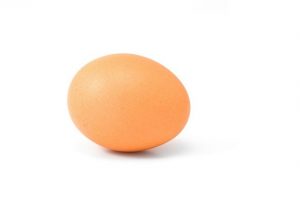 Almonds= 24 almonds= 2 ounces
Almonds= 24 almonds= 2 ounces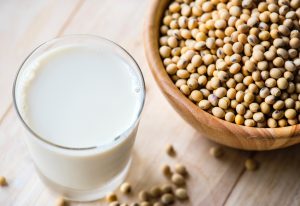 mond milk fortified= 1 cup
mond milk fortified= 1 cup
 We’ll break down each food group together and review the major nutrition messages that can help you be successful when choosing the most nutritious foods for you and your family.
We’ll break down each food group together and review the major nutrition messages that can help you be successful when choosing the most nutritious foods for you and your family. First we’ll start with the fruit group, which is labeled in red. As you can see this food group makes up just less than 1/4 of your plate. The big message here is that the fruit group pairs right next to the vegetable group, filling half your plate with fruits and vegetables. We all know that fruits are healthy for us, but specifically this food group is a major powerhouse of vitamins, minerals, and fiber. Keep in mind these helpful tips when choosing fruits in your meals and snacks:
First we’ll start with the fruit group, which is labeled in red. As you can see this food group makes up just less than 1/4 of your plate. The big message here is that the fruit group pairs right next to the vegetable group, filling half your plate with fruits and vegetables. We all know that fruits are healthy for us, but specifically this food group is a major powerhouse of vitamins, minerals, and fiber. Keep in mind these helpful tips when choosing fruits in your meals and snacks: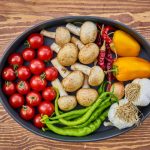 Next up is the vegetable group! This green group in the MyPlate image fills up slightly more than 1/4 of the plate. This is another rock star nutrition category loaded with vitamins, minerals, and fiber. Keep in mind these helpful tips when choosing vegetables in your meals and snacks:
Next up is the vegetable group! This green group in the MyPlate image fills up slightly more than 1/4 of the plate. This is another rock star nutrition category loaded with vitamins, minerals, and fiber. Keep in mind these helpful tips when choosing vegetables in your meals and snacks: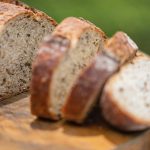 Grains seem to be a hot topic today, but this is an important food group we shouldn’t discount. Grain foods are loaded with carbohydrates that fuel the body with energy. Check out the following tips to help you choose the most nutritious grains:
Grains seem to be a hot topic today, but this is an important food group we shouldn’t discount. Grain foods are loaded with carbohydrates that fuel the body with energy. Check out the following tips to help you choose the most nutritious grains: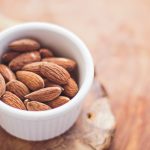 Protein foods are important not only for the protein they deliver, but the additional nutrients loaded in the variety of foods in this category. Protein foods not only include meat, poultry, and fish, but also nuts, soy, seeds, eggs, and beans. Keep in mind these helpful tips when choosing protein foods in your meals and snacks:
Protein foods are important not only for the protein they deliver, but the additional nutrients loaded in the variety of foods in this category. Protein foods not only include meat, poultry, and fish, but also nuts, soy, seeds, eggs, and beans. Keep in mind these helpful tips when choosing protein foods in your meals and snacks: airy foods are incorporated in our meals and snacks to help us meet a variety of our vitamin and mineral needs. Dairy foods include cow’s milk, yogurt, and cheese, but also non-dairy fortified beverages and foods such as soy or almond milks and yogurts. All of these products can offer important minerals such a calcium and phosphorus for bone health, while other dairy foods provide protein and other vitamins and minerals. Check out the following tip to help you choose the most nutritious dairy foods:
airy foods are incorporated in our meals and snacks to help us meet a variety of our vitamin and mineral needs. Dairy foods include cow’s milk, yogurt, and cheese, but also non-dairy fortified beverages and foods such as soy or almond milks and yogurts. All of these products can offer important minerals such a calcium and phosphorus for bone health, while other dairy foods provide protein and other vitamins and minerals. Check out the following tip to help you choose the most nutritious dairy foods: The Beginning
The Beginning Summary
Summary



 So, you’re a little lost and overwhelmed by the amount of nutrition resources out and about this time of year. With New Year’s Resolutions soaring and hopefully not soon to dwindle, you may be in search for the best you. Maybe that’s the happiest you, the most fit you, the healthiest you, or the most balanced you. Perhaps you’re about to focus on your cholesterol, weight, meal planning, diabetes, kidney health, cooking skills, energy, inflammation, digestive health, emotional relationship with food, allergies, or any other nutrition goals. Where should you begin?
So, you’re a little lost and overwhelmed by the amount of nutrition resources out and about this time of year. With New Year’s Resolutions soaring and hopefully not soon to dwindle, you may be in search for the best you. Maybe that’s the happiest you, the most fit you, the healthiest you, or the most balanced you. Perhaps you’re about to focus on your cholesterol, weight, meal planning, diabetes, kidney health, cooking skills, energy, inflammation, digestive health, emotional relationship with food, allergies, or any other nutrition goals. Where should you begin? Nuleeu is not only made up of Registered Dietitian Nutritionists, but it couples its programs together with other professionals such as yoga instructors and Certified Personal Trainers. Talk about an all-inclusive program to help you meet your needs! Check out the Nuleeu programs to discover which program is best for you with a free initial consultation.
Nuleeu is not only made up of Registered Dietitian Nutritionists, but it couples its programs together with other professionals such as yoga instructors and Certified Personal Trainers. Talk about an all-inclusive program to help you meet your needs! Check out the Nuleeu programs to discover which program is best for you with a free initial consultation.